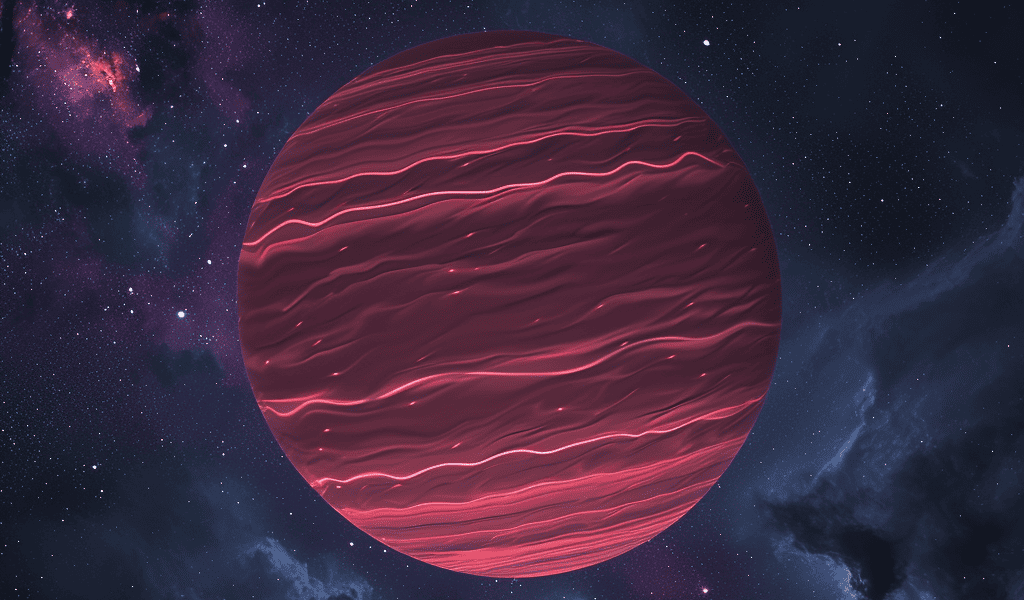NASA’s Webb Telescope has made a remarkable discovery, finding evidence of possible aurorae on a solitary brown dwarf. The brown dwarf, known as W1935, was observed emitting infrared radiation from methane, indicating energy in its upper atmosphere. This finding is unexpected as W1935 is a cold, starless object, raising questions about the source of its atmospheric energy.
The discovery, presented at the 243rd meeting of the American Astronomical Society, suggests that the methane emission may be linked to processes generating aurorae. To understand this phenomenon, astronomers turned to our solar system, where methane emission is a common feature in gas giants like Jupiter and Saturn. The heating of their upper atmospheres powers this emission and is associated with aurorae.
On Earth, aurorae are created when energetic particles from the Sun are captured by the planet’s magnetic field, resulting in mesmerizing displays of light near the poles. Similarly, Jupiter and Saturn have auroral processes involving interactions with the solar wind and their active moons.
However, for isolated brown dwarfs like W1935, the absence of a stellar wind to contribute to the auroral process poses a mystery. The team speculates that internal atmospheric phenomena or external interactions with interstellar plasma or a nearby active moon may account for the observed energy in the brown dwarf’s upper atmosphere.

This groundbreaking discovery sheds light on the fascinating behavior of brown dwarfs and opens up new avenues for understanding the complex interactions within their atmospheres. The findings from the Webb Telescope have the potential to deepen our knowledge of celestial phenomena and provide valuable insights into the mechanisms governing the universe.





